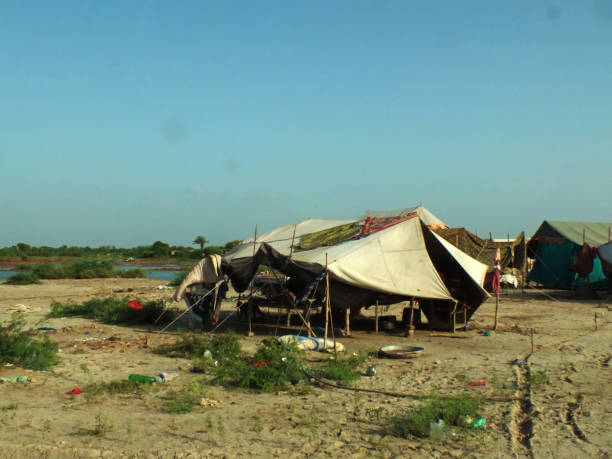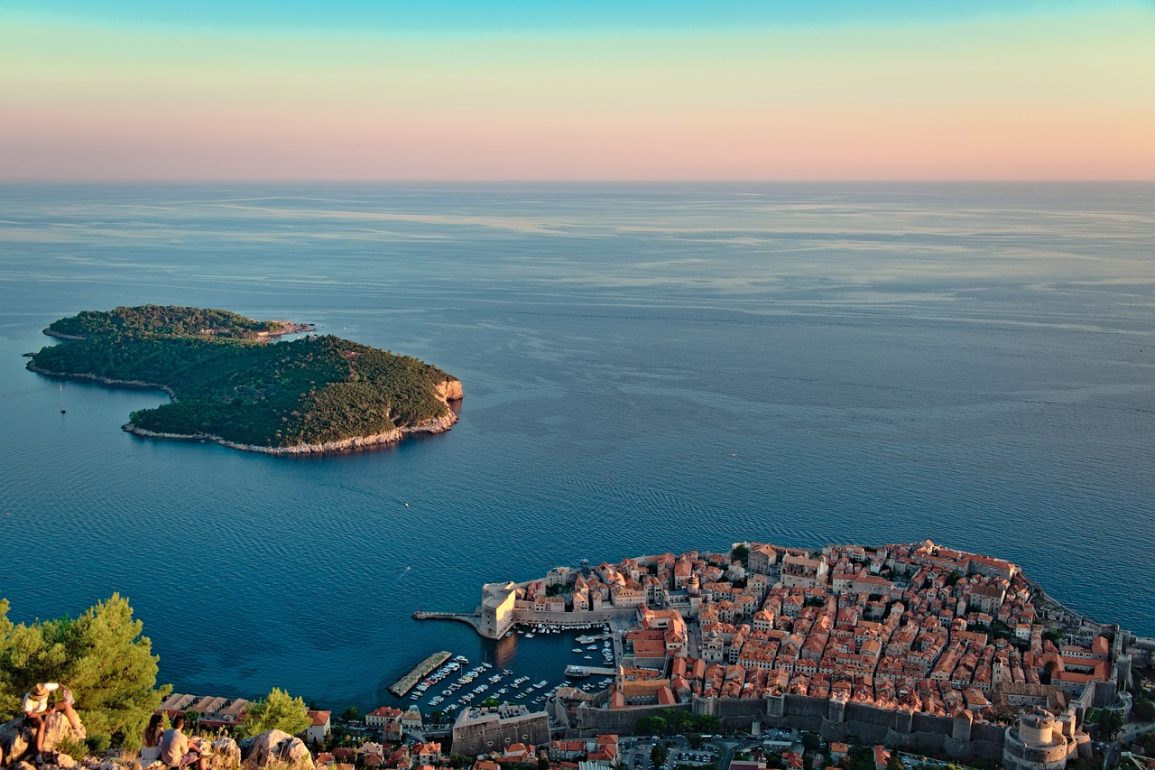This week, parts of northwest Europe will see an unexpected surge in autumn warmth due to warm air sweeping up from southern Europe.
A wavy jet stream is creating conditions that will allow this air to travel farther north than usual, boosting temperatures across much of the region.
Forecasts indicate that daytime temperatures in France could climb to the mid-20s Celsius by midweek, with parts of the southwest possibly seeing even higher numbers.
The Benelux region and southeast England are also expected to reach the low 20s, offering a brief reprieve from the typical autumn chill.
The warmth will be especially pronounced at night. On Tuesday night, temperatures across northwest Europe could remain in the high teens, marking an anomaly that is up to 10°C above average for October.

In southern France, nighttime temperatures may stay above 20°C, a phenomenon known as a “tropical night.”
Despite the warm spell, the jet stream’s wavy pattern also points to its fleeting nature.
By the end of the week, thunderstorms and heavy rain will sweep in from the southeast, effectively ending this brief period of warmth.
Areas in central France, particularly the Massif Central, are expected to see intense rainfall, with forecasts suggesting over 100mm within a 24-hour window on Wednesday and Thursday.
Meanwhile, unusual rainfall events have been recorded in the Sahara Desert, where precipitation has been five times the usual levels in some areas.
Southeastern Morocco, one of the Earth’s driest regions, saw two days of heavy rain in September, exceeding the yearly average in just 48 hours. The downpours triggered destructive floods that claimed 20 lives and severely damaged local agriculture.
For some desert communities, however, the rains brought relief, helping replenish groundwater aquifers and reservoirs that had been depleted over six years of drought.
Meteorologists speculate that this unusual rainfall may be linked to a shift in the intertropical convergence zone (ITCZ), which has moved slightly northward.
While the exact cause remains uncertain, some climate models suggest that warmer air and ocean temperatures could be influencing the ITCZ’s position—a reminder of the complex and far-reaching effects of our changing climate.

